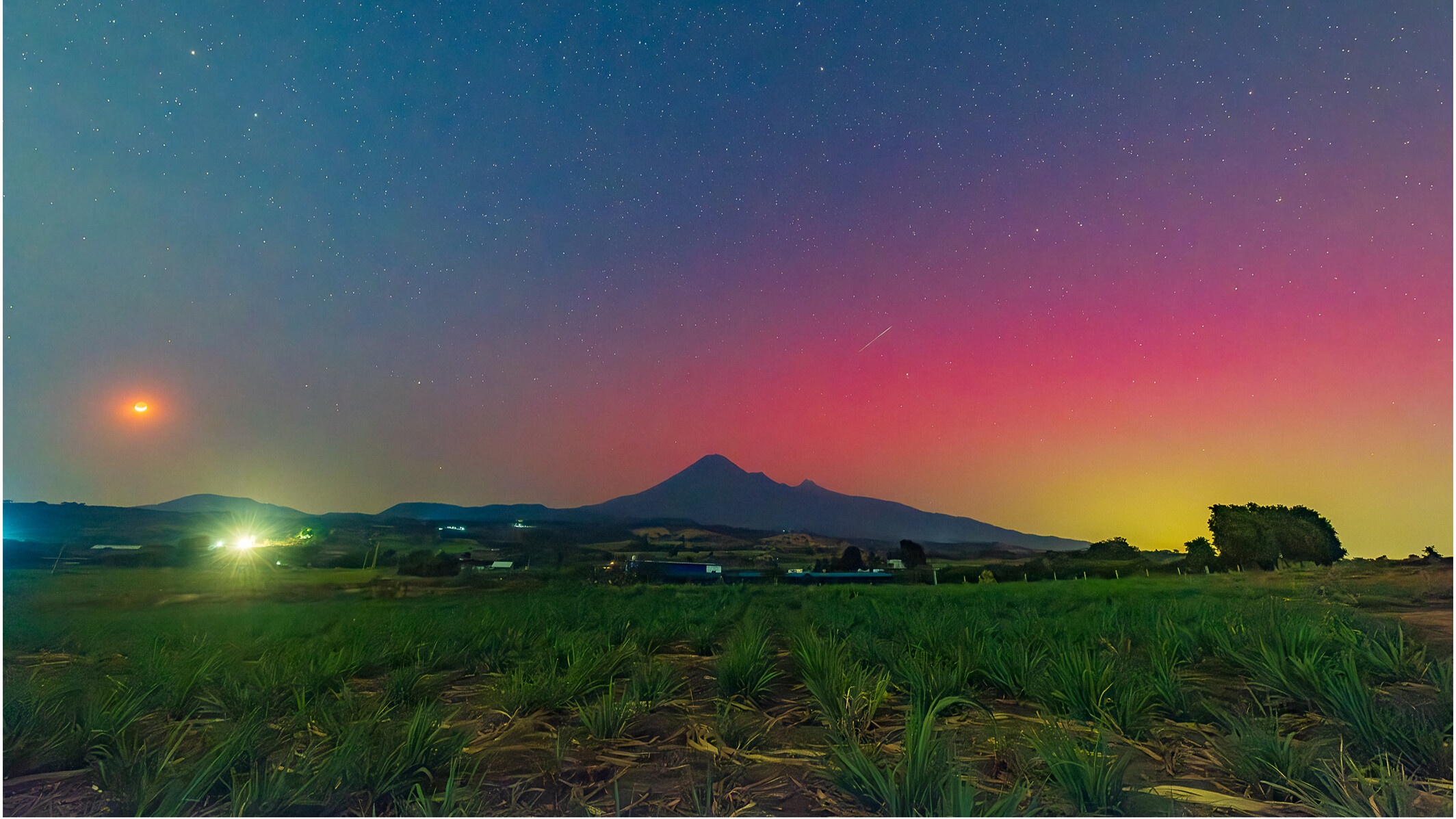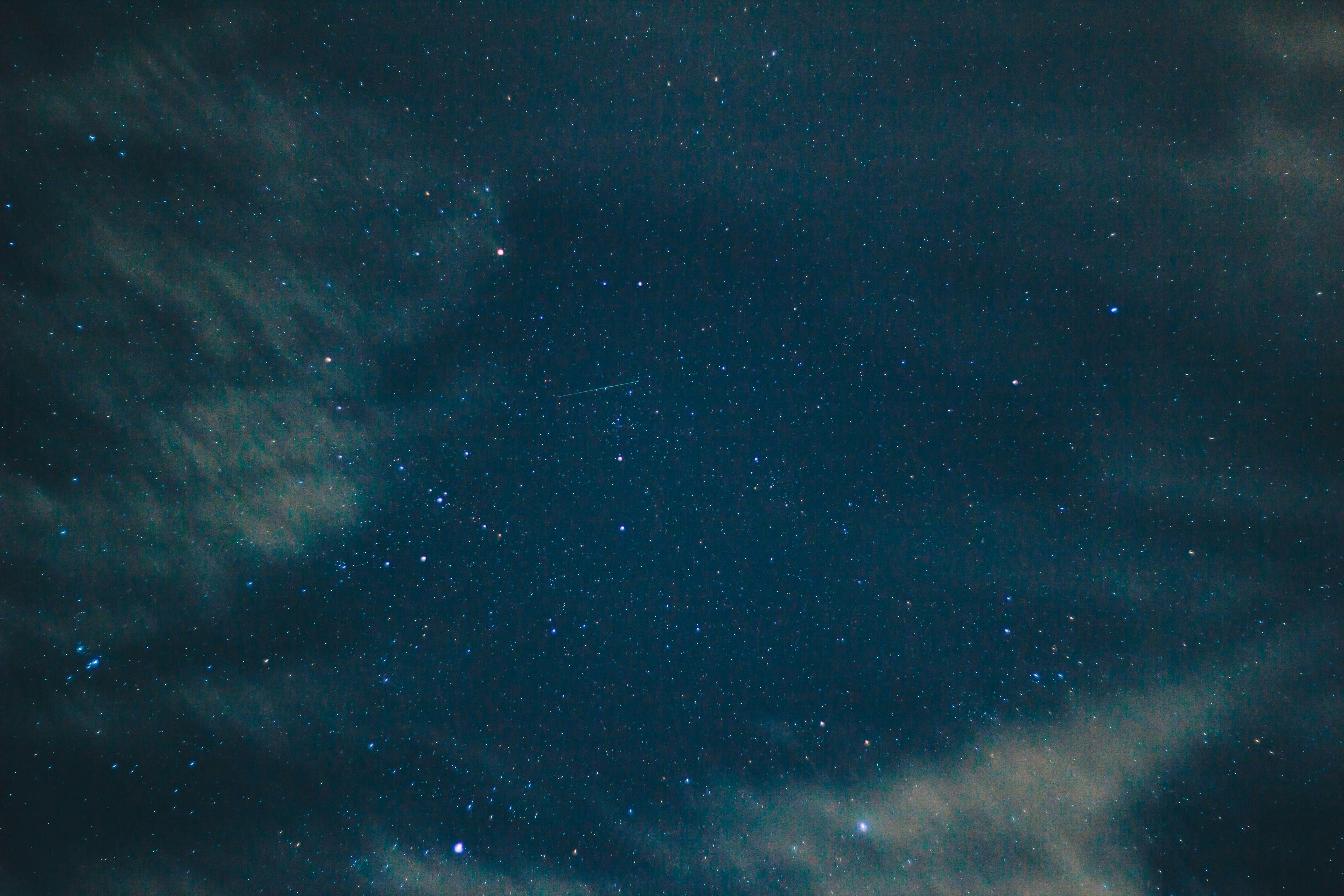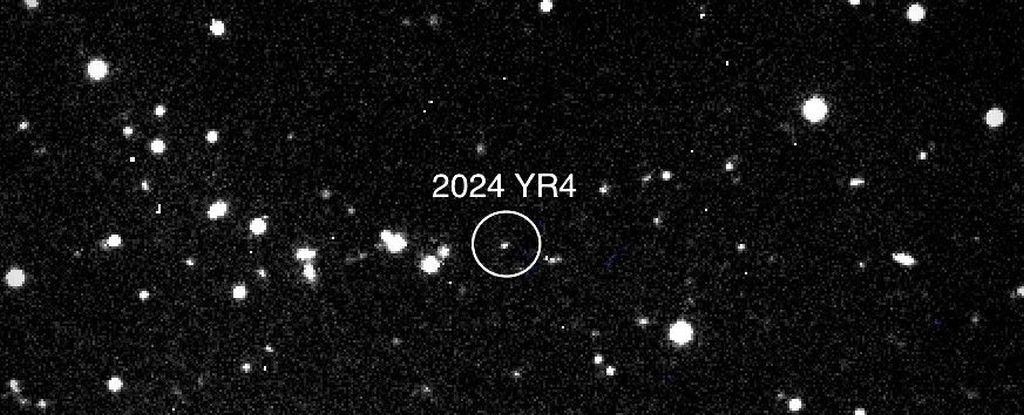New finding: Iguanas rafted more than 8000 km from North America to Fiji
Sometimes oceanic islands—islands formed de novo from beneath the sea, as with volcanic and coral islands—harbor endemic species that don’t seem like their ancestors could have gotten there. Birds, insects, and plants can easily disperse to distant islands from continents, but reptiles, amphibians, and mammals have a harder time, for they have no easy way … Continue reading New finding: Iguanas rafted more than 8000 km from North America to Fiji

Sometimes oceanic islands—islands formed de novo from beneath the sea, as with volcanic and coral islands—harbor endemic species that don’t seem like their ancestors could have gotten there. Birds, insects, and plants can easily disperse to distant islands from continents, but reptiles, amphibians, and mammals have a harder time, for they have no easy way to cross big expanses of salt water. The absence of the last three groups on oceanic islands, as compared to continental islands like Britain and Sri Lanka, was first noticed by Darwin, who used it as evidence for evolution in The Origin.
But sometimes you do find reptiles, amphibians, and mammals on isolated oceanic islands. The Galápagos Islands, for example, are famous for their marine and land iguanas, as well as other lizards that are found nowhere else. And although Madagascar was once connected to Africa, primates got there long after this separation had occurred, crossing the expanse of sea between the continent and the island. The geographic split occurred about 160 million years ago. But after that, about 50 mya, a primate made it to the island and radiated into the many species of lemurs found nowhere else. How did this primate (and it must have been either one pregnant female or two or more individuals of different sex) get there? The likely explanation is “rafting”, explained in Wikipedia:
Once part of the supercontinent Gondwana, the island of Madagascar has been isolated since it broke away from eastern Africa (~160 mya), Antarctica (~80–130 mya), and India (~80–90 mya). Since ancestral lemurs are thought to have originated in Africa around 62 to 65 mya, they must have crossed the Mozambique Channel, a deep channel between Africa and Madagascar with a minimum width of about 560 km (350 mi). In 1915, paleontologist William Diller Matthew noted that the mammalian biodiversity on Madagascar (including lemurs) can only be accounted for by random rafting events, where very small populations rafted from nearby Africa on tangled mats of vegetation, which get flushed out to sea from major rivers.
There can also be smaller rafts, like individual trees or small masses of plant material, and these can carry things like small amphibians or invertebrates. But the new PNAS paper below documents what is now the longest known rafting event among all terrestrial vertebrates: the dispersal of a land iguana from North America to Fiji. That’s a distance of over 8,000 km, or about 5,000 miles. Click the screenshot below to read the paper, and you can find the pdf here.
There are four species of the large iguana Brachylophus on the Pacific islands composing Fiji, where they’re endemic (Tonga also had a giant iguana that’s now extinct). Here is one of the species studied in this paper, Brachylophus bulabula (this is a male):

How did these reptiles get there and where did they come from? And when did this dispersal event take place? The first thing we need to know to answer this is what is the closest living (or fossil) relative to the Fijian species. It turns out that using DNA to gauge relationships also gives us an estimate of dispersal time using the calibrated “molecular clock,” in which DNA divergence, often calibrated with fossil data, can give us both genealogical relationships and divergence times.
The authors used more than 4,000 genes in each of 14 species of iguanas from eight of the nine known genera. It turned out, as the iguana family tree shows below, that the closest related genus to Brachylophus is the genus Dipsosaurus, which contains two living species, both found in North America:
- The Desert iguana Dipsosaurus dorsalis, found in Baja California and SW North America,
- Catalina desert iguana, Dipsosaurus catalinensis, found on Santa Catalina Island in the gulf between Mexico and Baja California.
Here’s the Desert Iguana:

And here’s the DNA-based family tree. The two genera at the top) are clearly more closely related than Brachylophus is to any other species, and they branched off from other genera of iguanas early during the divergence of the entire group (click all figures to enlarge them):

Note that both of the North American regions are dry and these iguanas are adapted to a hot, low-water ecosystem. The relationship between these two genera as sister taxa is very strong, and the divergence time between the two genera is estimated at about 34 million years. That fits nicely with the time that Fiji was created by volcanic activity—about 39 million years ago. It is likely, given this tree, that the Fiji iguanas came from a North American ancestor, and that would mean rafting 8000 km.
Could it have come from somewhere else? Other hypotheses are possible. Early biogeographers posited huge land bridges between Pacific islands and the continents, but there is no evidence that such bridges existed. They could have island-hopped from SE Asia or traveled from Gondwana before it broke up. Other models are possible, but these can be tested using various models, and also looking to see if there are fossil iguanas in other places that are more related to Brachylophus. Here’s a figure showing some of the models tested, but only one, with the lizard icon on it, was supported by the data. That’s a long trip, and given the size of these animals, it must have involved a fairly substantial raft.
But could an iguana really survive floating on a raft of vegetation over that immense distance? Well, for one thing there are currents that go that way, which would speed up the voyage, estimated by the authors to have taken between 80-120 days.
Can an iguana live that long without fresh water (there may have been food on the “raft”)? The answer is “probably,” because during cold weather many lizards undergo a period of metabolic and activity dormancy called brumation, during which they do not eat (though they need water). Here’s what the authors say:
Herbivorous iguanids forgo food for months at a time during brumation, and extant Dipsosaurus brumate from October–March. However, floating vegetation mats are a known substrate for oceanic dispersal, so iguanas rafting from North America to Fiji could have had a food source during their journey. Additionally, some iguanas have other traits that may augment their capacity to survive overwater dispersal, including resistance to heat and dehydration. For example, Dipsosaurus have the highest voluntary thermal maximum temperature among lizards and largely inhabit areas without permanent freshwater.
The only thing that concerns me with this hypothesis is this: where did the rafting iguanas get fresh water? The authors don’t really address this, but do mention iguanas’ resistance to dehydration. Also, there’s rain in the ocean, and any rain falling on a raft could be sucked up by the lizards aboard.
The best hypothesis, then, seems to be rafting, and the authors concatenate all the evidence supporting it:
The combination of evidence supporting oceanic rafting from North America to Fiji is 1) phylogenomic analyses that support a sister taxon relationship between Brachylophus and Dipsosaurus, 2) the distribution of fossil iguanids, extant Dipsosaurus, and most other extant iguanids in North America, 3) statistical biogeographic analyses that favor long-distance dispersal from North America over alternative hypotheses, including dispersal via Eurasia, South America, Antarctica, and/or Oceania, and 4) the late Paleogene divergence time between Brachylophus and Dipsosaurus.
Finally, just for fun, here’s are two bar graphs from the paper showing the greatest distances between islands harboring iguanids and the nearest mainland (first graph) and the same graph for diofferent groups of terrestrial vertebrates. The captions for the two graphs include this: “A) Distances between island and mainland for extant iguanid lizards and (B) distances for other proposed long-distance, overwater dispersal events in terrestrial vertebrates.”
Among iguanas, Brachylophus is The King, by far!:
Looking at all vertebrates, Brachylophuis still the king!
The asterisks in this graph indicate that stepping-stone dispersal is possible, with the distances for that scenario given by the white line across the two bars. The second longest dispersal, leaving out the asterisked animals involve Cadeidae, otherwise known as Cuban keel-headed worm lizards. They are found on Cuba but are said to have dispersed some 6000 km. This genus comprises two Cuban species and is enigmatic, but is thought to have rafted from the Mediterranean!
And so we have many instances of “founder-event speciation”: ancestors making it to distant islands and forming new species (in this case, four) after they land on islands or archipelagos. Note that this differs from the old and largely discredited theory of “founder-EFFECT speciation,” which posited that weird genetic stuff happens on small founding populations that speeds up formation of new groups. That theory was promoted by, among others, Stephen Jay Gould.

















































































